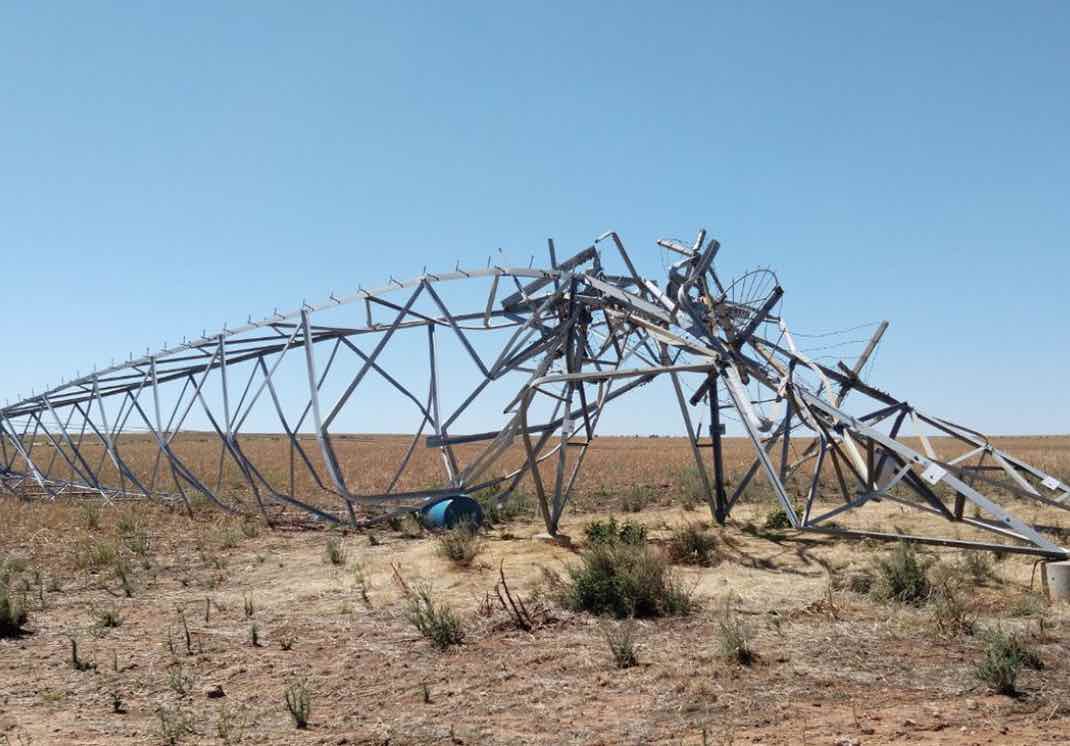The Western Australia state government has announced a tender that will seek up to 150 MW of new grid capacity to help turn the gold mining city of Kalgoorlie and the surrounding region into a massive, potentially standalone renewable micro-grid.
The move follows the dramatic storms last month that tore down the main transmission line to Kalgoorlie and the failure of the fossil-fuel back-up generators that were supposed to supply emergency power, but which left nearly the entire city blacked out for more than a day.
The new capacity will be sought through a framework known as the Non-Cooptimised Essential System Services, which has already delivered a series of massive battery projects that have the specific task of shifting solar from the middle of the day to the evening peaks.
Those big batteries – in the coal centre Collie, and Kwinana and Wagerup – are designed to smooth the path from base-load coal generators to a system dominated by renewables.
But the Kalgoorlie tender is designed specifically to improve the reliability of supply in the eastern goldfields, and avoid a significant investment in new transmission lines, and to support a standalone microgrid if needed.
The tender, being made through Western Power, the state-owned network company, will seek 150 MW of “capacity “reliability services” and 1,500 MVA of system strength services.
To improve resilience it will likely seek multiple rather than a single project, and while the tender is not restricted to battery storage, it is likely to be the quickest and lowest cost option to meet the deadline of July, 2026.
The government and its utilities were forced into the move because of the growing number of outages in the region, the ageing and increasingly unreliable fossil fuel generators, and the growth of inverter-based technologies such as solar.
A study by Western Power found that innovative “non-network” technologies were preferred over grid upgrades to improve reliability and meet consumer expectations for increased renewable energy in the grid.
The government found that the length of the overhead 220 kV power line that currently links Kalgoorlie to the last of the state’s coal generators 650kms away is heavily exposed to environmental factors (storms and dust) that make it susceptible to unplanned outages.
It also found that the non-network solutions would be significantly cheaper than a new double overhead 330kV line that could deliver similar reliability outcomes, and could be achieved in one fifth of the time.
“While most unplanned outages are of short duration, there have been occasions where the outage period can last for an extended period due to major equipment or line structure damage,” the state co-ordinator wrote.
It added that the two gas turbines owned and operated by Synergy in Kalgoorlie would not be able to meet tighter reliability standards that are being contemplated by the state government. The new equipment will be offered five year contracts, with a possible five year extension.
“This is an important process in delivering longer-term reliability for the Kalgoorlie region and a great opportunity for industry to provide innovative technology solutions,” WA state co-ordinator of energy Jai Thomas wrote on LinkedIn.
“The NCESS framework under the Energy Transformation Strategy has been a critical part of navigating the energy transition, able to flex with the needs of a power system moving from around 33% renewable energy to much higher volumes whilst ensuring reliability and efficiency is maintained.
” My only regret is the terrible acronym.”










